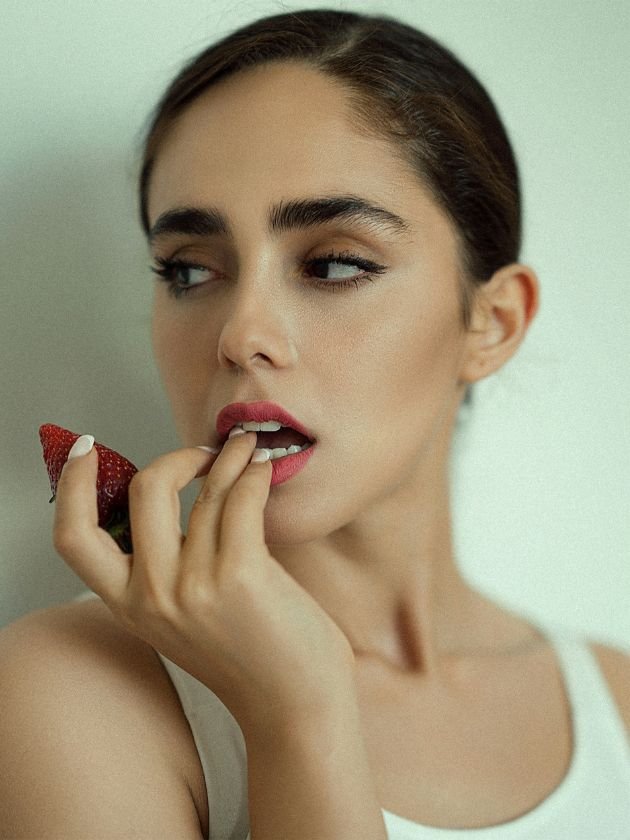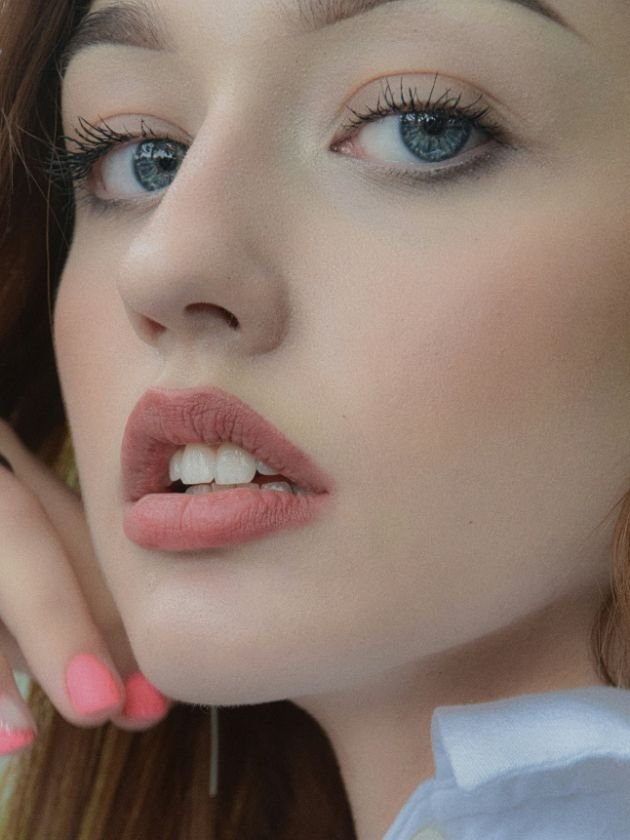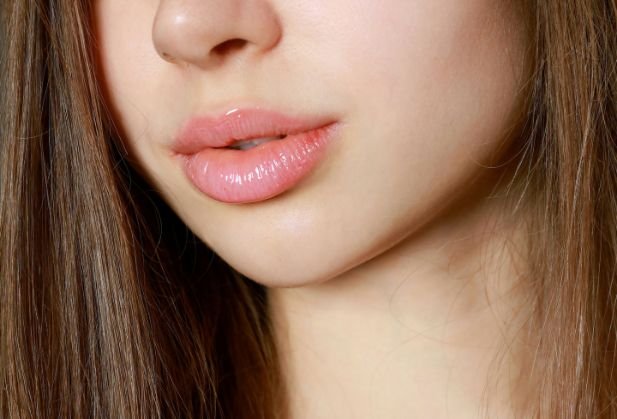Fascinating Lipstick Color Theory: Makeup Artists Reveal How to Select Your Ideal Shade
What Is Lipstick Color Theory?
Lipstick color theory is the art of choosing shades that flatter your unique skin tone and undertone—and it’s more impactful than most people realize. Just like color theory guides interior design and fashion choices, understanding how lip color works with your complexion can totally transform your makeup look. The right lipstick shade doesn’t just make your lips look good; it can brighten your overall face, make your eyes sparkle, and even make your teeth appear whiter. On the flip side, a mismatched lip shade can throw off your whole look—making your skin look dull, your lips too harsh, or your vibe completely off.
So, what goes into this theory? It starts with identifying your skin tone (fair, light, medium, tan, or deep) and your undertone (cool, warm, or neutral). Cool undertones tend to shine in blue-based reds and soft pinks, while warm undertones come alive with coral, peach, and terracotta. If you’re neutral, lucky you—you can usually pull off both sides of the color spectrum. But the shade isn’t the only thing that matters. Finish (matte vs. gloss), saturation, and even your lip shape all play a role in how a lipstick ultimately looks on you.
Think of lipstick color theory as a way to personalize your beauty routine. It’s not about following strict rules, but about understanding what enhances your natural features. And once you figure it out? Every lip color you choose will feel like it was made just for you.
Why Lipsticks Look Different on Various Skin Tones
If you’ve ever swatched a lipstick that looked stunning in the tube but completely different on your lips, you’re not alone. Your natural lip color, skin tone, and undertone all play a role in how a lipstick shade appears. The pigmentation of your lips can shift the way a color looks—those with naturally rosy lips may find that nude lipsticks appear pinker on them, while deeper lips may make a shade look darker. The level of contrast between your skin tone and the lipstick also matters. A shade that looks bold on fair skin may appear more muted on deeper complexions, and the other way around.

How Undertones Change the Appearance of Lipstick
Undertones fall into three categories: cool, warm, and neutral. Cool undertones have hints of pink, red, or blue, while warm undertones lean toward yellow, peach, or golden hues. Neutral undertones are a balance of both, making it easier to wear a variety of shades.
The way undertones interact with lipstick is key to finding shades that complement your complexion. Blue-based reds, berry tones, and mauves tend to suit cool undertones, enhancing the natural rosiness of the skin. Warm undertones pair beautifully with coral, brick red, and golden-nude shades, bringing out warmth in the complexion. Those with neutral undertones have the flexibility to wear both warm and cool shades, making true reds, pinky-browns, and balanced mauves their best bet.
How to Pick the Right Lipstick for Your Skin Tone
Fair Skin
Fair skin tones often have cool or neutral undertones, making softer shades the most flattering choices. Pinky nudes, sheer berries, and classic blue-based reds are ideal, enhancing the natural coolness of fair skin. Sheer pink and dusty rose shades offer a soft, effortless look for everyday wear, while vibrant cherry reds and cool-toned plums create striking contrast without overwhelming delicate features.
For those with fair skin who prefer warm-toned lipsticks, subtle peachy nudes and warm coral shades can work beautifully, especially when paired with a warm-toned blush. Makeup artists recommend staying away from overly deep brown or purple tones, as they can appear too harsh against fair skin unless balanced with a complementary eye and cheek makeup look.

Medium Skin
Medium skin tones have the flexibility to wear a range of lipstick shades, making it one of the easiest skin tones to match. Peachy nudes, soft berries, and brick reds complement the natural warmth in medium skin, offering a fresh and balanced look. Warm rose tones and deep watermelon pinks add vibrancy without looking too overpowering. Coral and terracotta shades enhance golden undertones, creating a sun-kissed effect.
Those with medium skin can experiment with bolder reds, from classic neutral reds to warm orange-based shades that bring out golden hues. Deep cranberry and mahogany tones add richness for evening looks, while glossy caramel and honey-toned lipsticks create a soft, everyday glam. Makeup artists advise avoiding overly cool-toned pastels or pale shades, as they can make medium skin appear washed out.
Deep Skin
Deep skin tones look stunning in rich, pigmented lip colors. Shades like deep burgundy, rich chocolate, and warm caramel work particularly well, enhancing the depth of the complexion. Bold hues pop beautifully against darker skin, while lighter shades create a striking contrast. Deep reds, wine-toned berries, and espresso shades add a luxurious touch, making lips look defined and statement-worthy. Brick reds and burnt orange shades enhance warm undertones, creating a beautiful warm balance.
Lighter nude shades can also work beautifully on deep skin tones when chosen carefully. A warm brown or golden caramel nude complements dark skin without looking ashy. For those who love bold colors, electric pinks, deep purples, and even statement-making metallics can be incredibly flattering, as deep skin tones naturally carry bold hues with confidence.
The Final Takeaway
Lipstick color theory takes the guesswork out of choosing a shade. By understanding how your skin tone and undertone interact with color, you can confidently pick lipsticks that enhance your features rather than work against them. While the rules of color theory provide a helpful guide, the most important factor is personal preference. Beauty is about self-expression, and sometimes breaking the rules leads to the best discoveries.
Makeup artists agree that experimenting is key. If you’ve always worn warm-toned lipsticks but love the look of a cool-toned berry, try layering it with a neutral lip liner to balance it out. Play with finishes—mattes, satins, and glosses all change the way a color appears on the lips. And most importantly, wear what makes you feel the most confident, because confidence is the best beauty trick of all.

